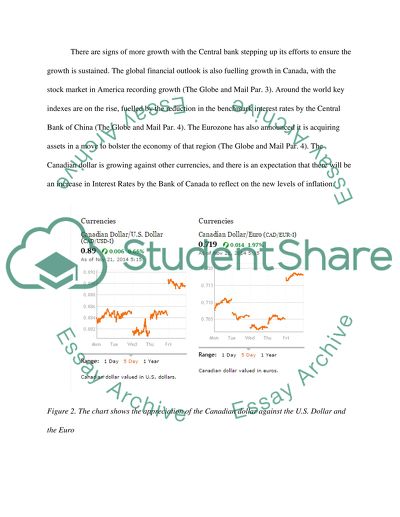Cite this document
(“Money, Banking, and Financial Markets Assignment - 1”, n.d.)
Money, Banking, and Financial Markets Assignment - 1. Retrieved from https://studentshare.org/finance-accounting/1665468-money-banking-and-financial-markets
Money, Banking, and Financial Markets Assignment - 1. Retrieved from https://studentshare.org/finance-accounting/1665468-money-banking-and-financial-markets
(Money, Banking, and Financial Markets Assignment - 1)
Money, Banking, and Financial Markets Assignment - 1. https://studentshare.org/finance-accounting/1665468-money-banking-and-financial-markets.
Money, Banking, and Financial Markets Assignment - 1. https://studentshare.org/finance-accounting/1665468-money-banking-and-financial-markets.
“Money, Banking, and Financial Markets Assignment - 1”, n.d. https://studentshare.org/finance-accounting/1665468-money-banking-and-financial-markets.


